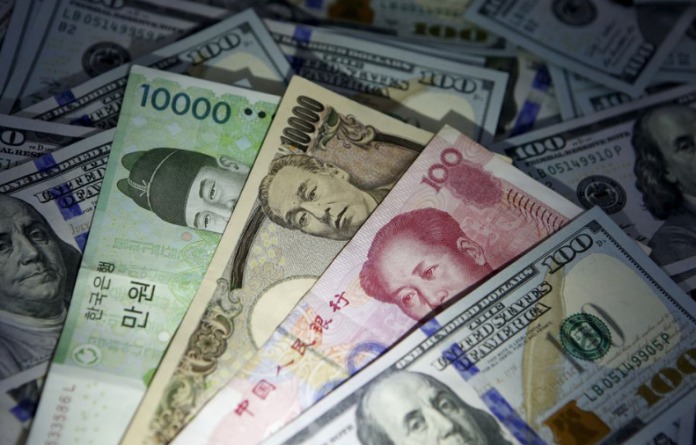
Follow WOWNEWS 24x7 on:
Updated: June 12, 2025 14:33

Investor sentiment in Asian currency markets has seen a notable shift, with bullish bets on the Chinese yuan, South Korean won, and Taiwan dollar reaching multi-year highs. Meanwhile, the Indian rupee has faced slight bearish pressure after two months of stability, reflecting broader market dynamics influenced by global economic trends.
Key Highlights Of Currency Movements
- Long positions on the Chinese yuan have surged to their highest levels since early October 2024, driven by expectations of economic recovery and policy support.
- Investors have turned slightly bearish on the Indian rupee after two months of neutral positioning, citing concerns over external imbalances and global liquidity conditions.
- The South Korean won has seen its strongest bullish bets in nearly two and a half years, supported by robust export performance and favorable monetary policy outlook.
- Bullish sentiment on the Taiwan dollar has reached its highest level since December 2020, reflecting strong foreign inflows and confidence in the semiconductor sector.
Market Drivers And Investor Sentiment
- The weakening US dollar has contributed to increased demand for Asian currencies, as traders anticipate potential rate cuts by the Federal Reserve.
- China’s economic stabilization efforts, including targeted stimulus measures, have bolstered confidence in the yuan.
- South Korea’s trade surplus and steady interest rate policies have reinforced investor optimism in the won.
- Taiwan’s semiconductor industry continues to attract foreign investment, strengthening the Taiwan dollar’s position in global markets.
Outlook For Asian Currencies
- Analysts expect continued volatility in currency markets as central banks navigate inflationary pressures and economic recovery.
- The Indian rupee may face further downside risks if external trade imbalances persist, though domestic policy measures could provide support.
- The yuan, won, and Taiwan dollar are likely to maintain their bullish momentum, contingent on global liquidity trends and regional economic performance.
Sources: Reuters, India Today, Investing.com.


